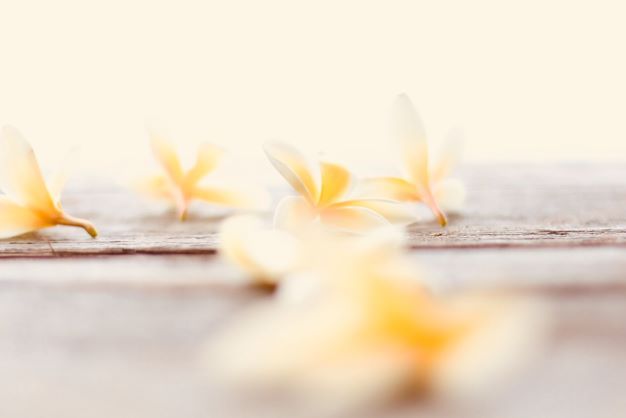Mexican vanilla is a rare and unusual spice; here's how to utilize it
How to make use of vanilla, a unique and expensive spice that originates in Mexico.

Vanilla is the second most expensive spice in the world because it is hard and takes a long time to get out of the pod. Only 0.1 to 0.5% of vanilla-flavored products on the market contain the real vanilla pod, according to research.
Vanilla comes from Mexico, where it has been used for a long time to make drinks taste better. Later, people tried to grow it in Europe, but they couldn't because it can only be pollinated by bees that live in Mexico. A botanist came up with a method that is still used today. Each vanilla flower has to be hand-pollinated.




